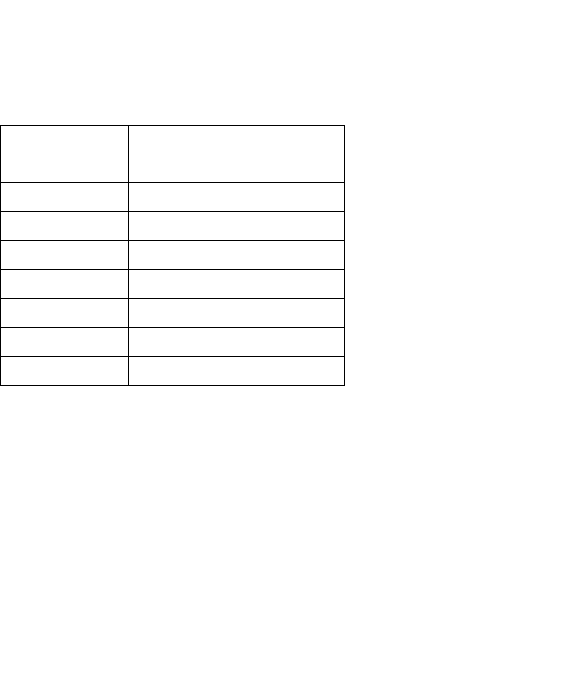
9
Note:
The type of batteries you use to power your high power inverter is
important. Operating a high-power inverter will routinely discharge
batteries and they will require frequent recharging. Batteries used to start
engines are not designed to repeatedly charge and discharge.
Energizer
®
recommends using “deep-cycle” or “marine” rated batteries.
Cable Gauges
When connecting the inverter to a battery bank use the thickest stranded
insulated copper wire available, in the shortest length practical.
Recommended cable gauges are as follows:
WARNING:
DANGER OF BATTERY EXPLOSION – INSTALL A FUSE
Battery banks can deliver very high levels of current that can vaporize
metal, start fires and cause explosions. Energizer
®
recommends
installing one ANL type fuse and fuse holder close to the positive battery
bank terminal. This fuse protects the batteries from accidental DC cable
shorts, which can cause batteries to explode. ANL fuses and fuse
holders are available at most marine supply stores.
CAUTIONS:
• Loose connections can result in a severe decrease in voltage that
can cause damage to cables and insulation.
• Failure to make correct polarity ( Pos, Neg ) connection between the
inverter and the battery bank can result in blowing fuses in the
inverter and can permanently damage the inverter. Damage caused
by reversed polarity is not covered under the Energizer
®
warranty.
Energizer®
Model #
Recommended Gauges
EN500 12AWG (3 ft. included)
EN900 8AWG (3 ft. included)
EN1100 8AWG (3 ft. included)
EN1500
4AWG (not included)
EN2000 2AWG (not included)
EN3000
0AWG (not included)
EN4000 0AWG (not included)


















